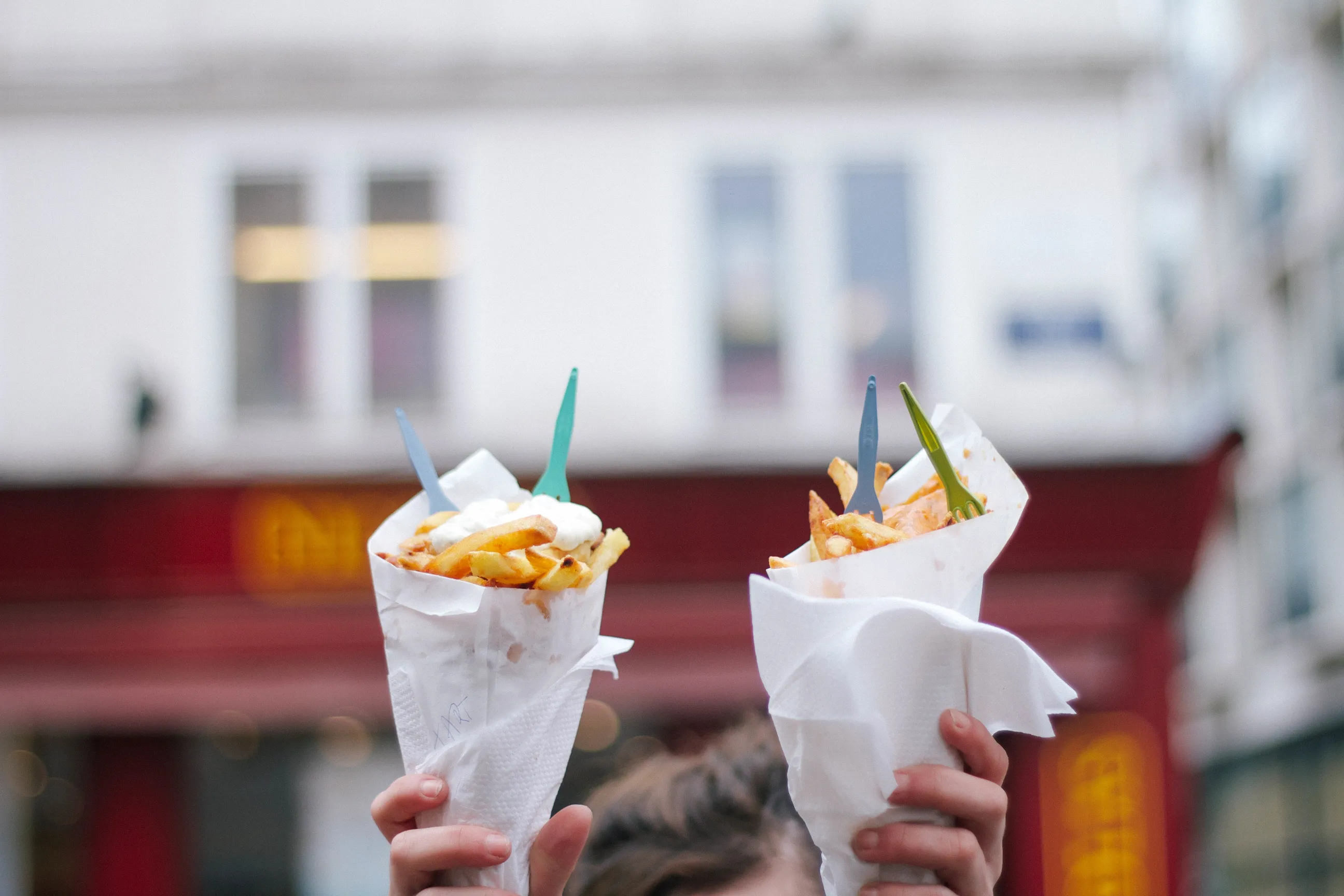History of French (Belgian) Fries
Posted on : 20-03-2021

Fritkot Culture is the fruit of a long tradition. The history of the Fry? It all starts, of course, with the potato, introduced to our region by 16th century explorers. But it would be necessary to wait until the 18th century before it was widely consumed.
The Micro Fries Museum in Brussels will reveal the fried potato stick in all its facets. Until your visit, here are some useful points of reference. Historical research does not make it possible to determine who precisely invented the so-called "French fries". According to the research of Pierre Leclercq, gastronomy historian, the sale of fries in itinerant fritkot began at the Liège fair, most probably in 1838, with Frédéric Krieger, renamed Fritz. The Krieger family, through its constant participation in fairs and fairs, popularized fries both in Wallonia and in Flanders (Sinksenfoor in Antwerp in 1845) and its success very quickly gave rise to the appearance of fry competitors.
A land of fries and fritkots
Mobile fries shops, such as Fritz's, traveled from town to town at local fairs. Fixed fries "frites" shops appeared towards the end of the 19th century, particularly in public squares and near train stations where they reached their peak between 1950 and 1980. While being very recognizable, each fries shop is different both in terms of its “architecture” than its decoration and layout. It reflects the personality of the fryer ("frituriste", in French). The fact that fritkot often does not take into account the main marketing principles or commercial logic gives it a charm that is often “timeless”. Frikots have resisted the wave of globalization that has reshaped the world of fast food. And even if it is also fast food, fritkot is the polar opposite of fast food, with its artisanal tradition.
Origin of fries, a Belgian story?
We had to wait until the democratization of fat in the 19th century for Belgians to cook their fries at home in an oil bath, and the 20th century for them to learn, at school, to cook them in two batches! Obviously, nothing replaces the know-how of the friturist... Around “frîtûre”, “friture”, “frituur”, “friterie”, “frittüre” or “fritkot”, depending on the region and the times, a new art is developing to live, passionate, gourmet, friendly, unifying, in the city as well as in the countryside and in industrial zones, young and old of all sides. Everyone is fond of a rectangular parallelepiped stick in the shape of a right square prism, cut from peeled potato and cooked in two successive baths of fat: this “fries” that they preferably eat with their fingers!
Add a comment